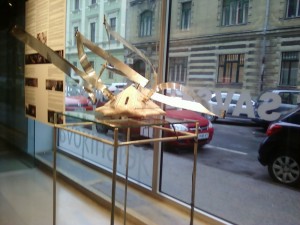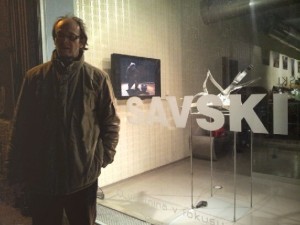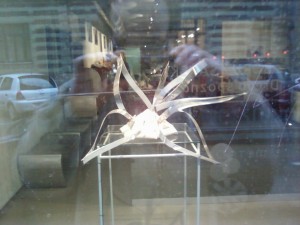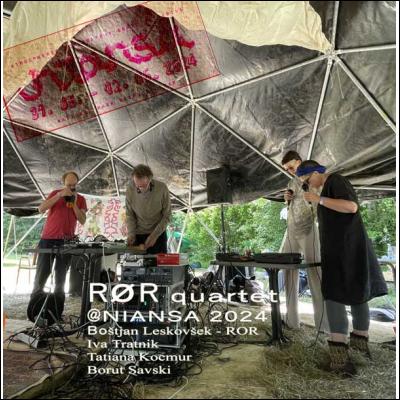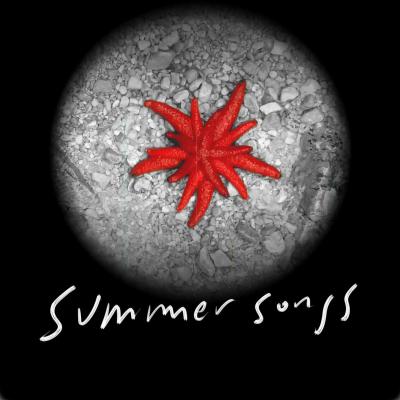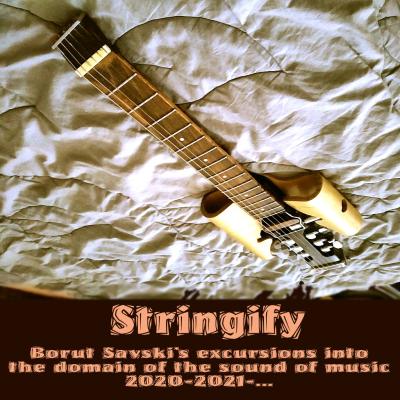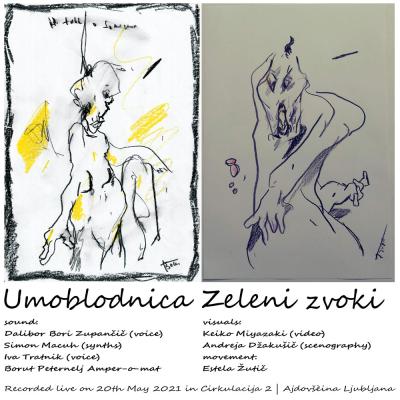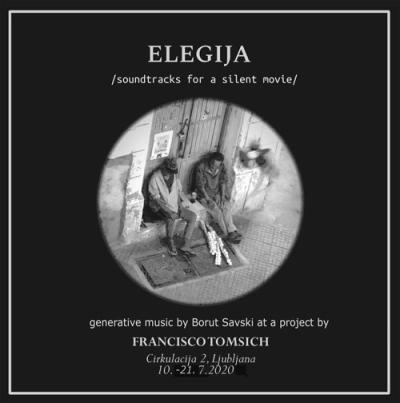
Kulturnoumetniško društvo Trivia
 Novičnik za samozaposlene v kulturi / KUD Trivia je poslal Ministrstvu za kulturo poziv za spremembo stališča glede obveznega prispevka za dolgotrajno oskrbo.
Novičnik za samozaposlene v kulturi / KUD Trivia je poslal Ministrstvu za kulturo poziv za spremembo stališča glede obveznega prispevka za dolgotrajno oskrbo.Tree of knowledge and Lithanies for the Art

17. january 2012 at 21.00 CET in Metropolis gallery Ljubljana
Opening of exhibit piece called Tree of Knowledge – a cybernetic structure at the Metropolis gallery by Borut Savski (more at http://www.3via.org/prenapete_strukture/).
The opening event is entitled Lithanies for Art and joins the celebration of symbolic birthday celebration of arts, as defined by one of the Fluxus artists in 1963 (http://www.artsbirthday.net). Hands on sound and voice: Borut Savski and Bogdana Herman.
Tree of Knowledge is of course taken from original full-named “The Tree of Knowledge of Good and Evil” which is a basic Christian humanistic concept, that – to some of us – describes the birth of a human – as autonomous and fully responsible being. In our case we don’t directly deal with Ethics, of which the original Tree speaks, but relate to the principles of autonomy and ability of interpretation/ evaluation. More at project page http://www.3via.org/prenapete_strukture/ . In connection to below we may find the parallel with the birt day of art – of course it is the same day when Adam and Eve left the Paradise…
Note: Litanies for Art were not performed due to low number of visitors
Litany for Art will of course have a spoken word, giving some thought to the role of Art today. Litanies usually start with addressing of the person or the personification, to whom the plea is being addressed to… so:
Lamb of God who takes away the sin of the world…
… and then it lasts …
A litany, in Christian worship and some forms of Jewish worship, is a form of prayer used in services and processions, and consisting of a number of petitions. The word comes from the Latin litania and the Ancient Greek: λιτή [lite], meaning “supplication”.
Litanies are repetitive prayers used especially during processions and of course derive from the previous pre-Christian similar processions. Especially in the Middle Ages a lot of litanies were made – in honor of God the Father, God the Son, God the Holy Ghost, Blessed Virgin, of the Immaculate Conception, for the souls in Purgatory, etc.
Technically we could say that it is about the collective act – remembering and synchronizing, and it is performed in the manner of repetition of statementsand gradation. In this we can easily observe the algorithmic function, leading to programming of the human collective meta-language. They can last long – especially at the processions, that have to make some path. Since this kind of Christian events have always positioned itself over the previous pre-Christian worship, it is clear that litanies are older than that.
Additional information found on Wikipedia.
![P20-01-12_15.52[5] P20-01-12_15.52[5]](http://www.3via.org/trivia/wp-content/uploads/2012/01/P20-01-12_15.525-300x225.jpg)
![P20-01-12_15.50[3] P20-01-12_15.50[3]](http://www.3via.org/trivia/wp-content/uploads/2012/01/P20-01-12_15.503-300x225.jpg)
![P20-01-12_15.52[3] P20-01-12_15.52[3]](http://www.3via.org/trivia/wp-content/uploads/2012/01/P20-01-12_15.523-300x225.jpg)
